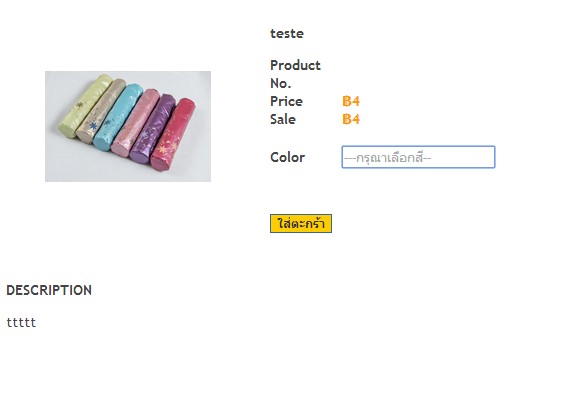

You will notice when a sequence of undo/redo actions has reached the diagram state last saved again: The save button will then temporarily be disabled. The undo stack is not cleared by saving the diagram, i.e. The depth of the undo and redo stack is not formally limited. Nearly all changes to elements and their order are undoable (by, Edit menu, or speed button ) and redoable (by, by, Edit menu, or speed button ). Pressing the button removes the currently selected element(s). As it is locale-related, it has become subject to the locale configuration via the Translator tool (introduced with release 3.25).ĭouble-clicking an element oder pressing the key opens the editor for the selected element. The mnemonics is not always the initial letter because in some languages several menu captions may start with the same initial letter. with English or French being the chosen language the File menu will open by pressing (" File" / " Fichier") but no longer with German language chosen, where (" Datei") is to be used instead.


Note that since version 3.24-10 the mnemonics may depend on the chosen language such that e.g.
#STRUCTORIZER METHOD PLUS#
(Press plus the mnemonic letter to open the respective menu via keyboard, then you can navigate through the menu by cursor keys). In order to extend the selection to the entire element sequence (block) the selected element is being part of, just do a mouse click with key pressed (be aware that in many operating systems you may have to press the key again to reset the -activated state afterwards).īy the way: Pressing the key shows the mnemonics for the main menu by underlining the respective letter of the menu caption. Key bindings and alway add the next element at top or bottom of the current selection span to the selected subsequence. by clicking closer to the initially selected element or pressing the opposite one of the key bindings or ). When the span had accidently been expanded too far, one had to start again by selecting the element at one end of the wanted span and extending the selection in the way described.) Since version 3.30-09, the selection span can be reduced the same way (e.g.

(Until version 3.30-08, the selection span could only be expanded but not be reduced. There is no possibility to add an element to the selection that is not a direct member of the same block. Alternatively, you may – with key pressed – click on the element at the other end of the intended selection span. In order to extend a selection within the same block (meaning a vertical sequence of consecutive elements), you may press or key to include the next element above or below, thus forming a selected subsequence of the current block (see the green arrows in the image below). If substructure elements of an adjacent structured element are closer or as close as the selectable part of this then you will dive into the substructure first. On going upwards or sidewards, the selection will always be fetched by the central adjacent element in the target direction if there are several of them. if you go downwards from an element positioned at the bottom of the diagram (there are six of them in the image below though logically the big IF statement as a whole is the last element of the diagram), then the selection will leap to the top element of the diagram etc. The vertical traversal path is closed to a ring, i.e. Having selected an element, the selection focus may be moved around by pressing cursor keys (up, down, left, right) in an intuitive way (see yellow arrows in the image below). Generally, elements may be selected by mouseclicks. The affectable units of a diagram are the elements (i.e. It follows usual conventions and is therefore practically self-explaining. The editing of Nassi-Shneiderman diagrams can be done via menus, mouse actions, and keyboard actions.


 0 kommentar(er)
0 kommentar(er)
